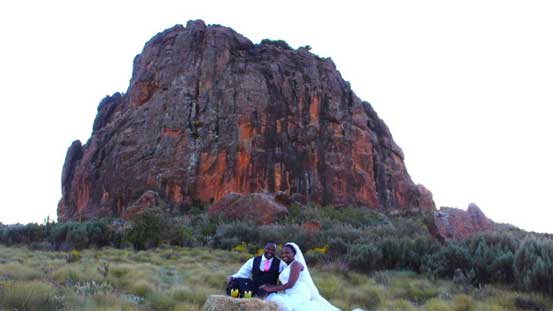
NAIROBI, KENYA: To have a glimpse of the Alps has just become easier for people who cannot make it to Europe from this part of the world, thanks to Tafaria Castle, a country lodge that serves as a launching pad for hikes into the little known natural wonders that dot the Northern reaches of the Aberdare range overlooking Laikipia plains.
Like in the European Alps, rock formations in this part of the Aberdares remind you of places, works of art, and utilities in everyday use or living creatures. Many have remained hidden in the entrails of the range that Scottish geologist and explorer Joseph Thompson named after Lord Aberdare, President of the Royal Geographical Society (RGS), in the mid-1890s.